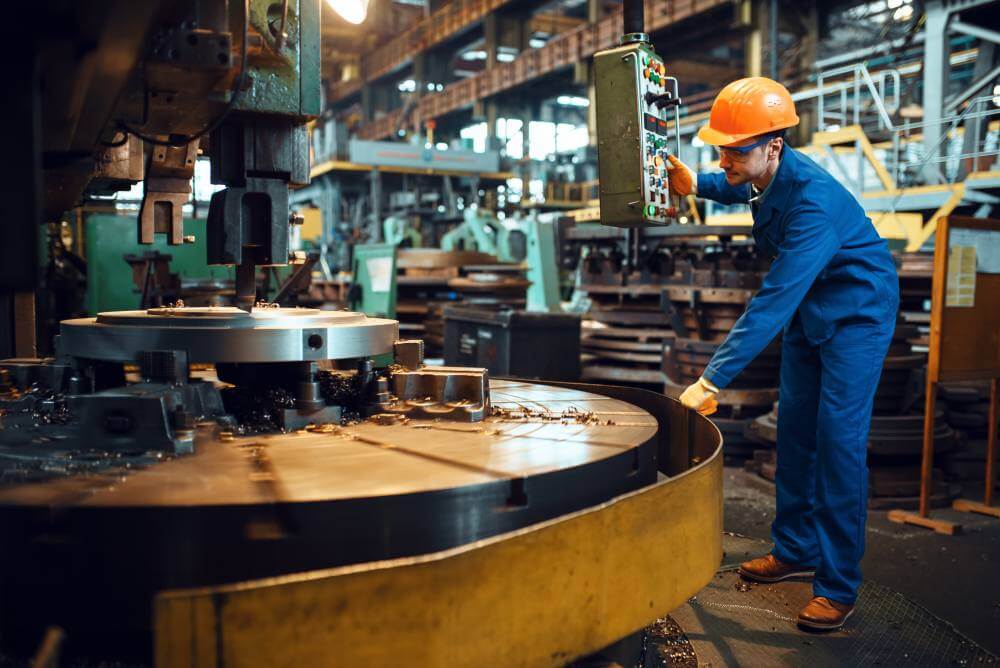Shifting from siloed thinking to an integrated RAM approach brings substantial advantages throughout the asset lifecycle and across the organization:
Optimize Asset Performance and Productivity
By balancing the frequency of failures with the speed of restoration, a RAM focus ensures assets are more consistently available and capable of meeting production schedules, leading to higher overall throughput and productivity.
Reduce Total Cost of Ownership / Lifecycle Cost (LCC)
This is a cornerstone benefit. RAM analysis forces a consideration of long-term costs, not just upfront price tags. It helps avoid purchasing decisions based solely on initial cost that lead to excessive maintenance spending or crippling downtime costs later. It guides investments towards solutions that offer the best overall economic value.
Improve Decision Making Across the Asset Lifecycle
A RAM mindset informs better decisions at every stage:
- During Design: Engineers consciously design for both reliability (robustness, appropriate materials) and maintainability (accessibility, modularity, diagnostics).
- During Procurement: Selection criteria expand beyond price to include specified RAM targets, supplier support capabilities, and predicted LCC.
- During Operation & Maintenance: Maintenance strategies (PM frequency, PdM techniques, repair procedures) are developed and optimized based on understanding the asset's specific RAM characteristics and failure modes. Resources are allocated more effectively.
Increase Safety and Reduce Operational Risk
Designing for easier and faster maintenance (Maintainability) often makes tasks inherently safer for technicians. Improving Reliability reduces the frequency of potentially hazardous failure events. Analyzing RAM helps identify and mitigate operational risks proactively.
Focusing on Maintainability leads directly to improvements like faster repair times, clearer work procedures, better technician training, optimized spare parts strategies, and more effective use of maintenance labor and resources.
Understanding the expected reliability and maintenance requirements of assets allows for more accurate forecasting of future maintenance budgets (labor, parts, contracts) and potential downtime impacts.
RAM principles are fundamental to mature Asset Management practices (like those outlined in ISO 55000). A RAM focus ensures decisions are data-driven, risk-based, and optimized for long-term value creation from assets.
Adopting a RAM perspective provides a powerful framework for making smarter decisions about acquiring, operating, maintaining, and ultimately maximizing the value derived from your physical assets







